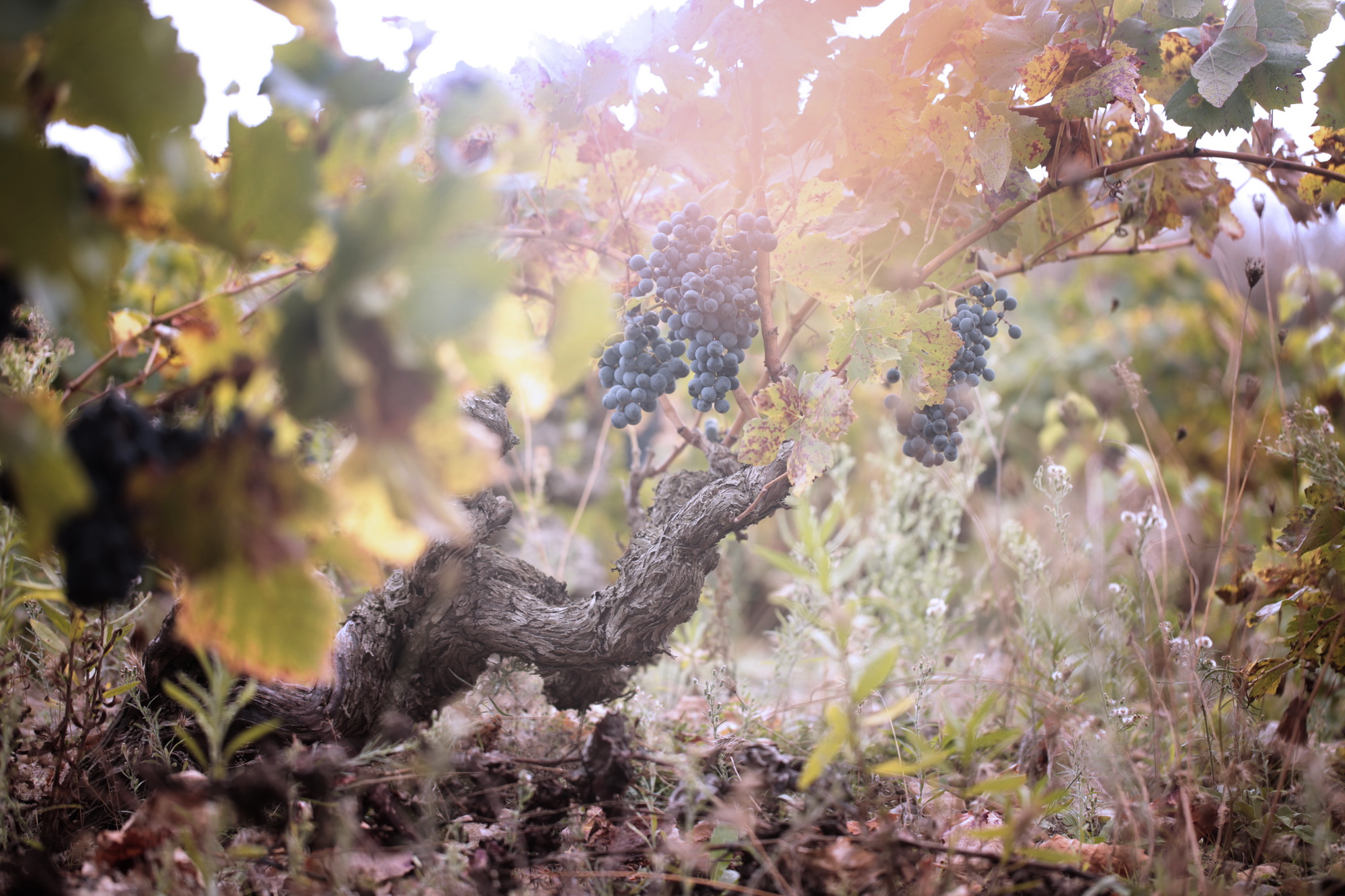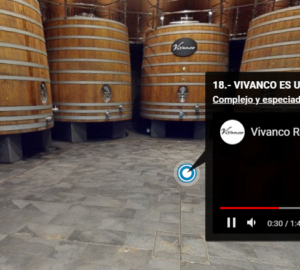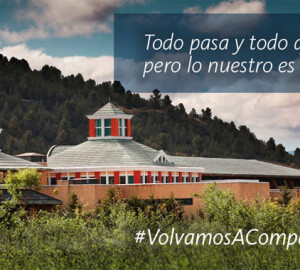Strains are not so different from humans. If they are not stressed throughout their life cycle and are not poisoned with phytosanitary products, the number of chances of them reaching old age increases. But if they are mistreated and overdemanded, it will be difficult for them to reach 100 years of age.
In fact, a hundred-year-old vineyard is no guarantee that all its vines are alive. The ratio is between 20 and 40%. Sometimes, because of their genotype, the vines survive, which together with the kind living conditions and the nourishment they get depending on the type of soil, undoubtedly contributes to their longer life.
Just like people, vines also have their time to come out into the world, like babies, and experience their infancy. From there, they experience the freshness of youth: a vigour that they carry into the wisdom of maturity, when they bear their best fruit, and after this time, the time also comes for them to die out. And, after this time, the time also comes for them to fade. And when do we find the maximum splendour in a vine?
The optimum time for a vine may not coincide with the optimum time for the wine. It should be borne in mind that it is not only the aerial part and the wood we see that grows on the plant, but also the roots. Once the vine has conquered its territory underground, the part of the soil that is physically possible for it to reach, the root reaches its maximum potential. As the vine gets older, even if it is not as vigorous and yields are lower, the wine from the old vine is better than the wine from the young vine.
Why does an old vine give better wine?
Simply because the plant is more regulated, it has deeper roots, it has reached horizons with different mineral levels that give the bunches different aromas and flavours. And it is in its 30s or 40s, when it is older, that it gives us the best grapes and, in short, the best wine. Just like us, some vines turn 20, others celebrate half a century of life and some even blow out 100 candles with the help of winter air like the one that blows in January. A month that traditionally records very low temperatures, and where the thermometer points to 0 degrees or below zero.
This number 0, this concept of "nothingness", essential in mathematics, and which apparently Indian calculators were the first to use, marks what we know as frost, whose bioclimatic interest is particularly important because of its impact on agriculture. In La Rioja, in the Ribera del Ebro area, it is usual for the average number of frosts to be less than 45 days a year. This has nothing to do with the peaks of the sierras, where temperatures below zero reach half of the days of the year. And much less with the 93 degrees below zero that, as in a science fiction film, were detected in Antarctica.
More similarities between strains and people
Again, the cold makes us think of a simile with the behaviour of human beings. In our case, the source of internal heat is our muscles, which are nourished by about 70% of the food we eat. The body's muscles produce sufficient heat. But if the cold is not combated by voluntary exercise, the muscles take over and warm themselves by shivering. This is why people need more energy in cold climates and therefore have a greater appetite.
Our body is designed to live between 36 and 37 degrees Celsius. If this core temperature drops, our body concentrates the blood in the vital organs. Below an internal temperature of 32 degrees, we would enter severe hypothermia and stop shivering. At 31°C and above, coma sets in. For example, now that it is winter, at twenty degrees below zero and depending on the wind, exposed parts such as the nose would freeze. But how does this cold affect the vines?
In the middle of winter, the vine also concentrates its energy and finds itself in what is known as winter rest, a kind of sweet death. The vines in La Rioja, during this lethargy, are adapted to withstand temperatures of up to 15 or 20 degrees below zero. This is totally viable unless a cold front from the Arctic or polar regions brings an atrocious drop in the thermometers. Frosts are problematic when plants are green because a green shoot, from 0.5º, will freeze. The buried part would not die and would sprout again, for which it would be necessary, never better said, to cut it back.
If for whatever reason you are more into radio than reading, you can listen to the post on this Radio Nacional podcast: http://bit.ly/cepas-humanos-podcast
And if you liked it or have learned a little more about wine, share it on your social networks and leave us a comment. That motivates us to keep sharing #WineCulture 😉.




















Hello, as you can see my surname is Vivanco, and I happened to see a photo of one of your wines (which I hope to taste soon), I live in Argentina, and my paternal grandfather, Miguel Vivanco was born in 1891, in an area close to where you have your beautiful winery.
A beautiful surprise on an anecdotal level, but who says, maybe our old ancestors could be related.
I send you a big congratulations for all your achievements.
Yours faithfully.
Oscar Vivanco